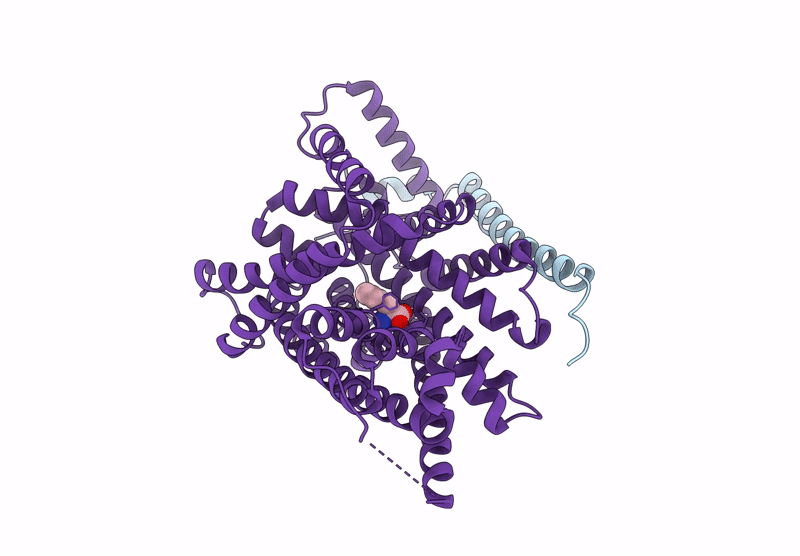
Deposition Date
2023-08-09
Release Date
2025-02-12
Last Version Date
2025-02-26
Entry Detail
PDB ID:
8KDN
Keywords:
Title:
Structure of LAT1-CD98hc in complex with L-Phe, focused on TMD
Biological Source:
Source Organism:
Homo sapiens (Taxon ID: 9606)
Host Organism:
Method Details:
Experimental Method:
Resolution:
4.12 Å
Aggregation State:
PARTICLE
Reconstruction Method:
SINGLE PARTICLE


